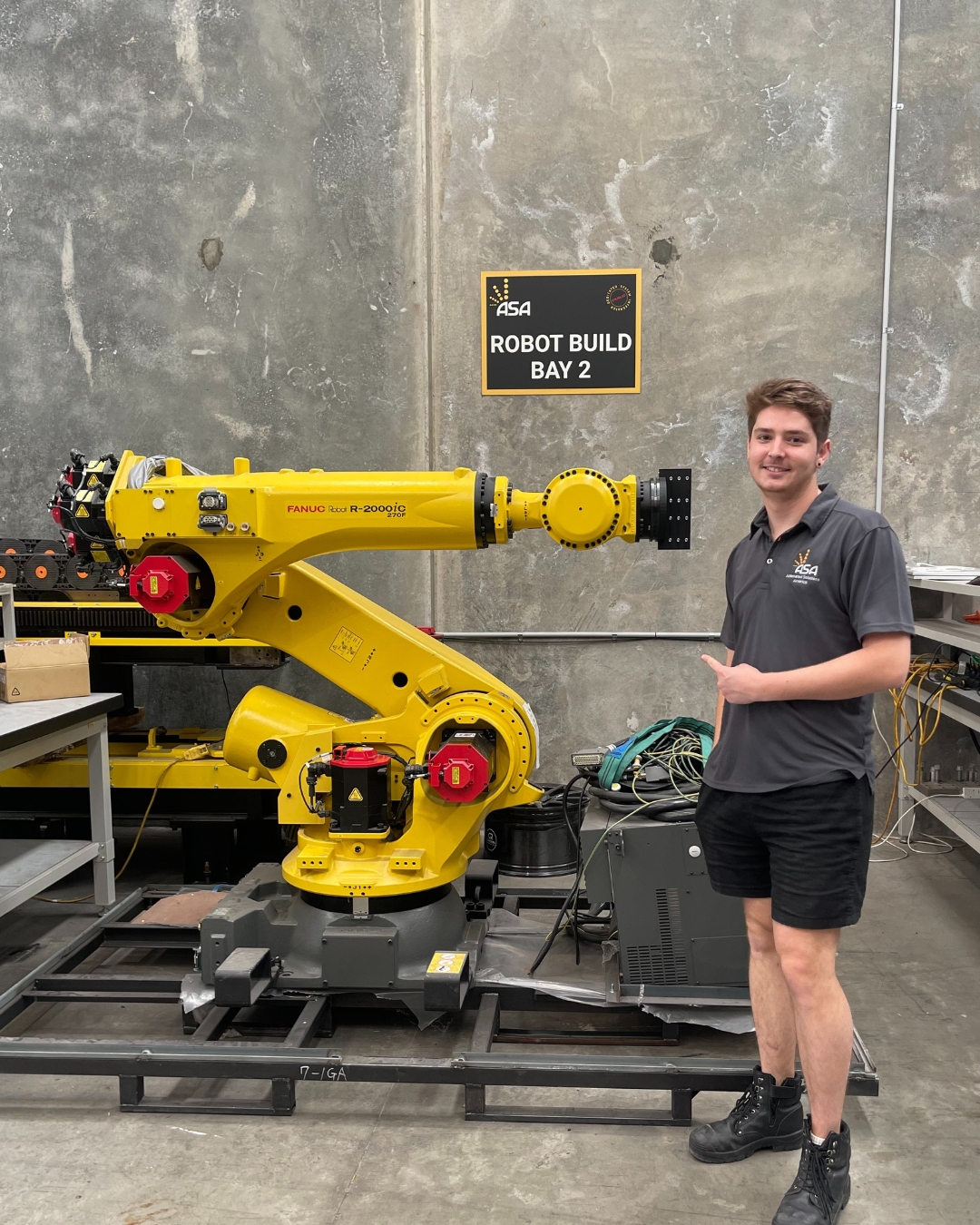Robotic arms, at the heart of modern manufacturing and production change the norms in a manner previously thought to be not possible. They blend accuracy, safety and efficacy. Robots are mechanical marvels which have become indispensable in many industries around the world. They were invented in order to lower operating costs as well as maintain high quality standards. Integration of robotic arms in the production lines allows manufacturers to not only reduce expenses but also improve work safety and efficiency. Explore how these innovative robotics have changed the industrial landscape.

Image credit: automatedsolutions.com.au
Cost efficiency is the main factor behind the global acceptance of robotic arms. The demand on factories to decrease production mistakes, material waste and workplace accidents are constant. Robotic arms are designed to solve these issues. Robots eliminate costly errors and minimize the use of raw materials because they can perform repetitive tasks more efficiently than humans. Robots are used in industries with high volumes such as the automotive industry, to guarantee flawless assembly. This precision can translate into significant savings as less defective parts means less rework and waste.
Safety is another important aspect of the robotic arm revolution. There are many manufacturing processes that require handling hazardous materials or operating heavy machinery pose significant risks to human workers. Utilizing robot arms, businesses can eliminate employees from the dangerous surroundings, dramatically cutting the possibility of workplace injuries. A robotic arm, constructed as a kinematic string of moving joints, mimics the function of a human arm, but is not at the risk of physical harm. They are equipped with robotic hands or programmable end-effectors. They can be used for tasks like grasping spinning and welding under conditions that make it dangerous for human beings.
The versatility of robotic arms makes them a game-changer across diverse industries. Robot arms can adapt to many different tasks, from assembly for automobiles to electronic production. They can handle complex operations with unparalleled precision, such as painting and tending to machines. Robotic arms have transformed the palletizing process in warehouses, making it easier to do with speed and precision. Automation not only increases efficiency but also ensures the reliability of robots, since they can work continuously without fatigue.
Cobots are the latest breed of robots that can work together with humans. Contrary to traditional industrial robots which are restricted to isolated cells. Cobots fitted with robotic arms are created for a safe, seamless interplay with humans. A cobot’s robotic hand can be utilized for difficult lifting tasks and repetitive tasks in factories, meaning that human workers are freed up to handle more complex tasks. The cobots will slow down or alter their movements when they see a person near.
The effects of robotic arms go beyond safety and effectiveness to the very foundations of modern manufacturing. Their capability to do tasks such as welding, assembly, or material handling with high accuracy has made them essential in high-stakes industries. In the automotive industry, for example the robot arm is able to move and position components in assembly to ensure perfect alignment, without the need for human involvement. As in electronics, robots handle delicate components with care, minimising damage and improving output quality.
As industries continue to develop, the role of robotic arms is only going to increase. They will be a key element in manufacturing’s future because of their ability to reduce costs, improve safety and adapt to different tasks. Robot arms, which combine cutting-edge technology and human creativity is not just a tool as much as they are partners in progress. They drive innovation and transform how the world is built.
